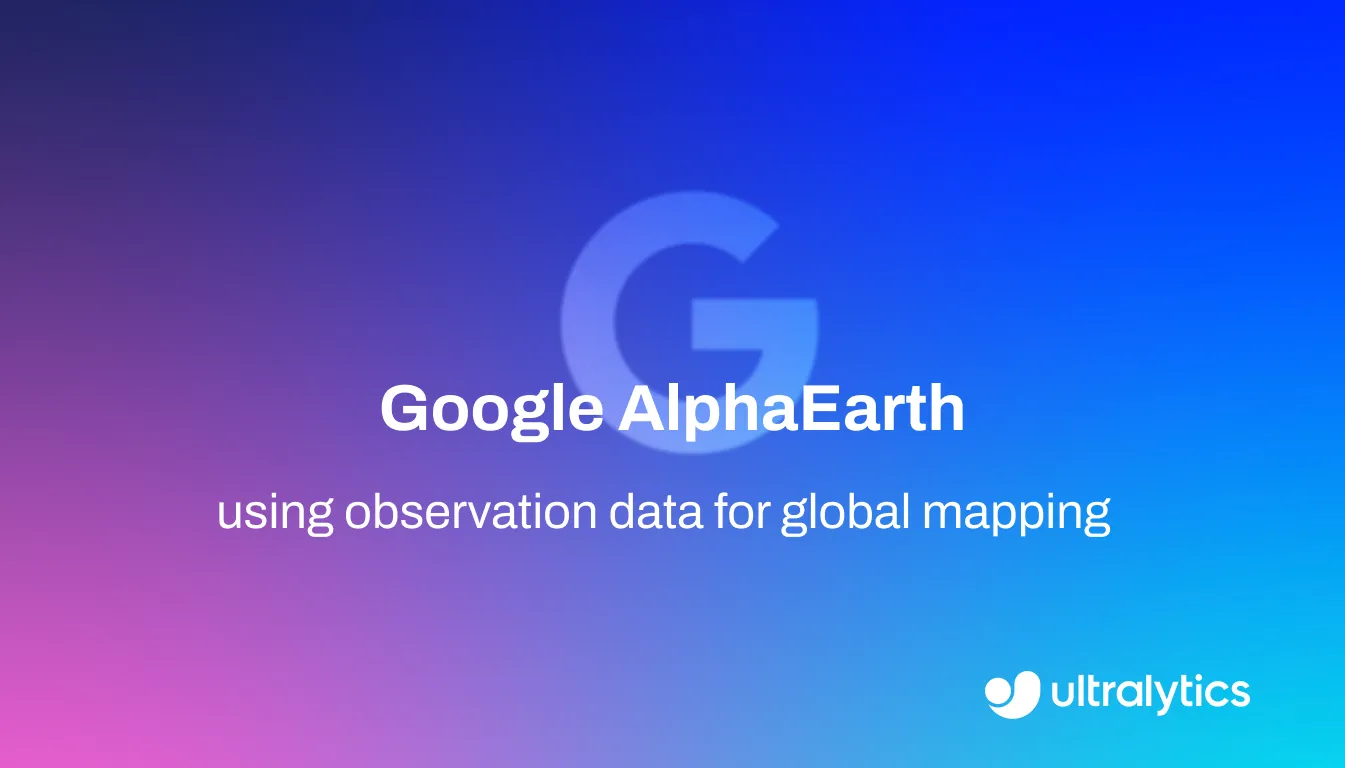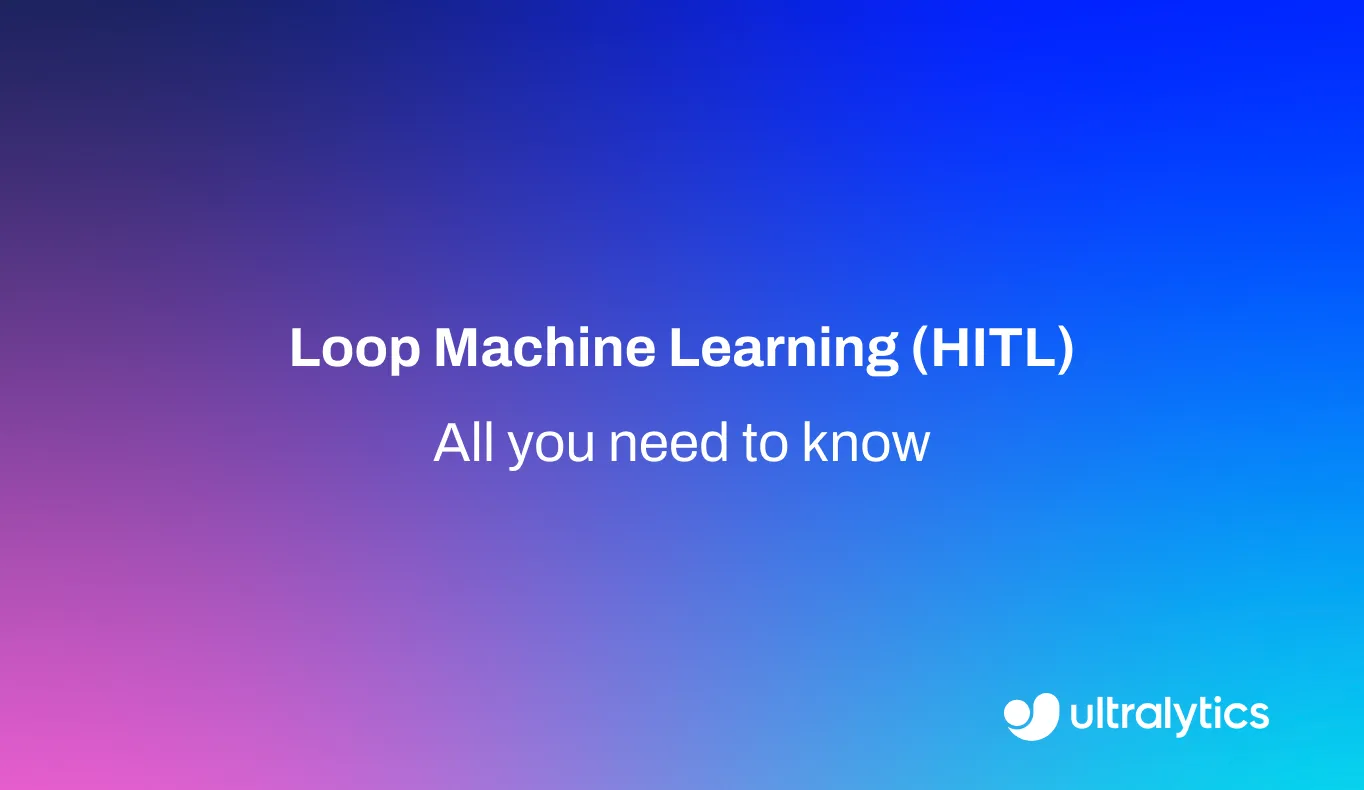Reformer
Discover the Reformer model: a groundbreaking transformer architecture optimized for long sequences with LSH attention and reversible layers.
Reformer is an efficient type of Transformer model developed by researchers at Google AI. It was designed to handle extremely long sequences of data, which is a significant challenge for standard Transformer architectures due to their high memory usage and computational demands. By introducing novel techniques, Reformer can process context lengths of up to one million words on a single accelerator, making it possible to work with entire books or high-resolution images. This efficiency is central to advancing the capabilities of Large Language Models (LLMs) and other sequence-based tasks in Artificial Intelligence (AI).
Applications
Reformer's ability to process long sequences makes it suitable for various tasks in Machine Learning (ML), particularly within Natural Language Processing (NLP) and beyond:
- Long Document Analysis: Summarizing or answering questions about entire books, lengthy research articles, or legal documents where context spans thousands or millions of words. For instance, a Reformer model could be used to generate a concise text summary of a multi-chapter technical report.
- Genomics: Processing long DNA or protein sequences for analysis and pattern recognition. Genomic data can consist of billions of base pairs, making Reformer an ideal architecture for identifying patterns or mutations.
- Long-form Media Processing: Analyzing long audio files for speech recognition, music generation based on extended compositions, or video analysis over long durations. An example is transcribing hours-long meetings or lectures efficiently.
- Image Generation: Some approaches treat images as sequences of pixels, particularly for high-resolution images. Reformer can potentially handle these very long sequences for tasks like Text-to-Image generation.
- Extended Time Series Analysis: Modeling very long time series data, such as predicting stock market trends over decades or analyzing long-term climate data.
While models like Ultralytics YOLO focus on efficient object detection in images, often using Convolutional Neural Networks (CNNs) or hybrid architectures like RT-DETR built with frameworks like PyTorch, the principles of computational and memory efficiency explored in Reformer are relevant across the Deep Learning field. Understanding such advancements helps drive innovation towards more capable and accessible AI models. Platforms like Ultralytics HUB aim to simplify AI development and model deployment.
Comparison With Other Long-Sequence Models
Reformer is one of several models designed to overcome the limitations of standard Transformers. It is important to distinguish it from others:
- Longformer: Like Reformer, Longformer is built for long sequences. However, it uses a different attention pattern combining a sliding window (local attention) with a few global attention tokens. This makes it highly effective for documents where local context is most important, but it is less flexible than Reformer's hashing-based approach for capturing distant relationships.
- Transformer-XL: This model introduces recurrence into the Transformer architecture, allowing information to flow from one segment of text to the next. Transformer-XL is particularly effective for auto-regressive tasks like language modeling but is not designed to process a single, extremely long input in one pass like Reformer or Longformer.
- Standard Transformer: The original Transformer model uses full self-attention, making it highly effective but impractical for sequences longer than a few thousand tokens due to its quadratic complexity. Reformer's key contribution is making Transformer-like performance feasible for much longer inputs. You can find more model comparisons in our documentation.








